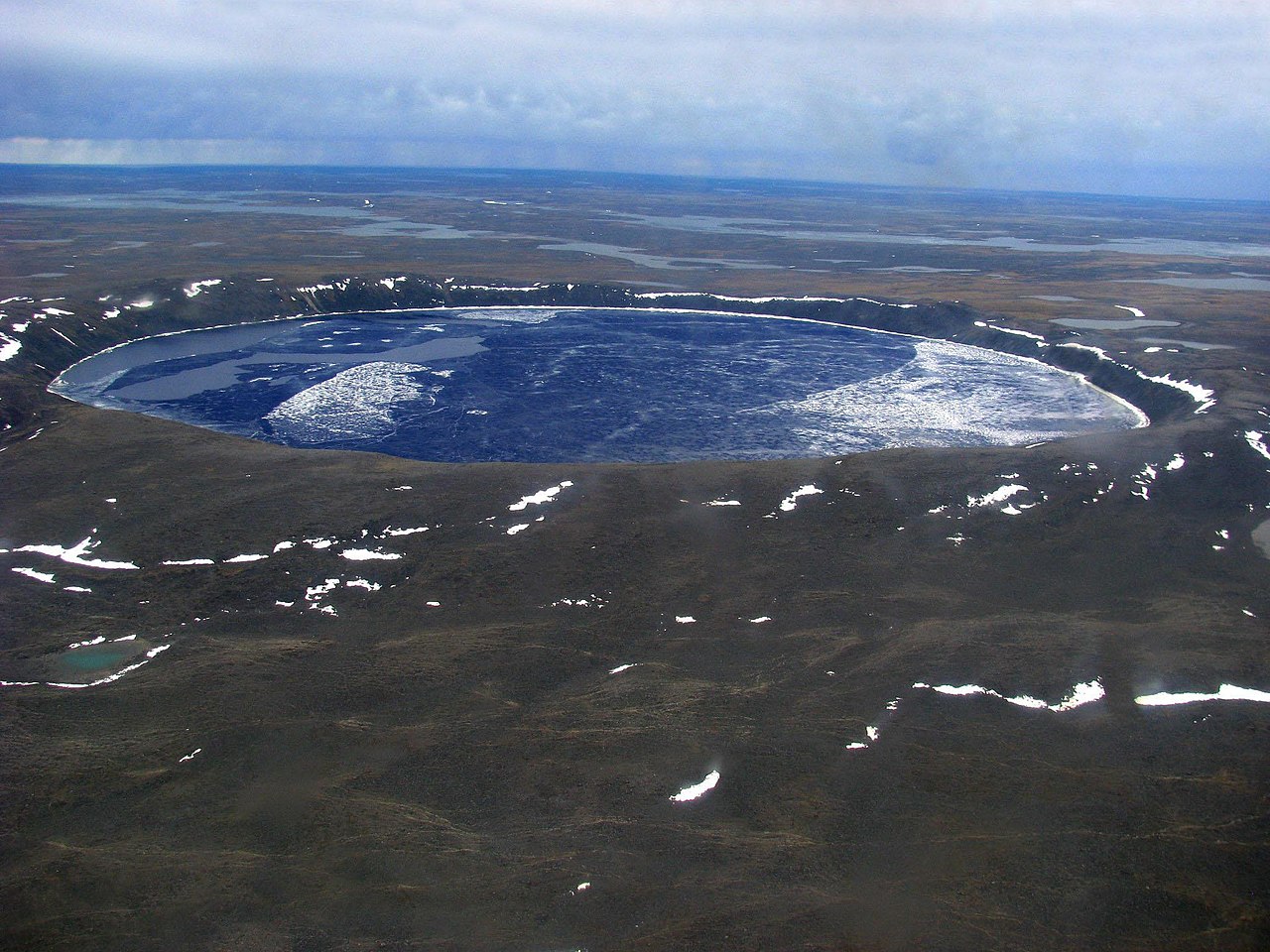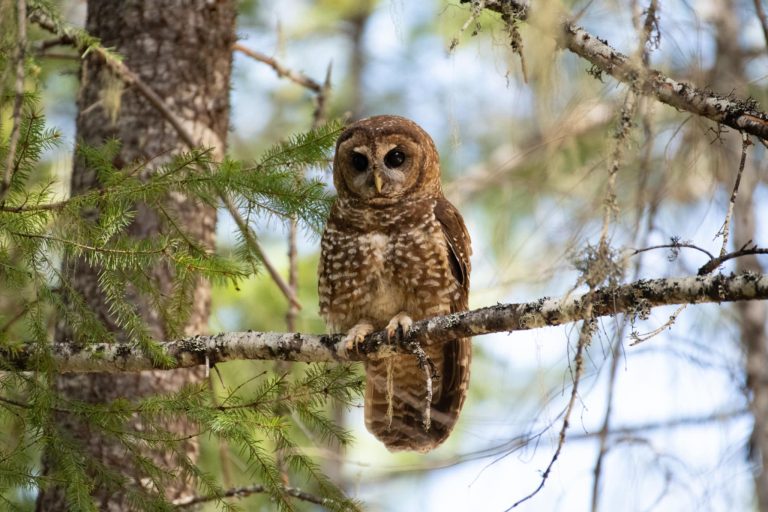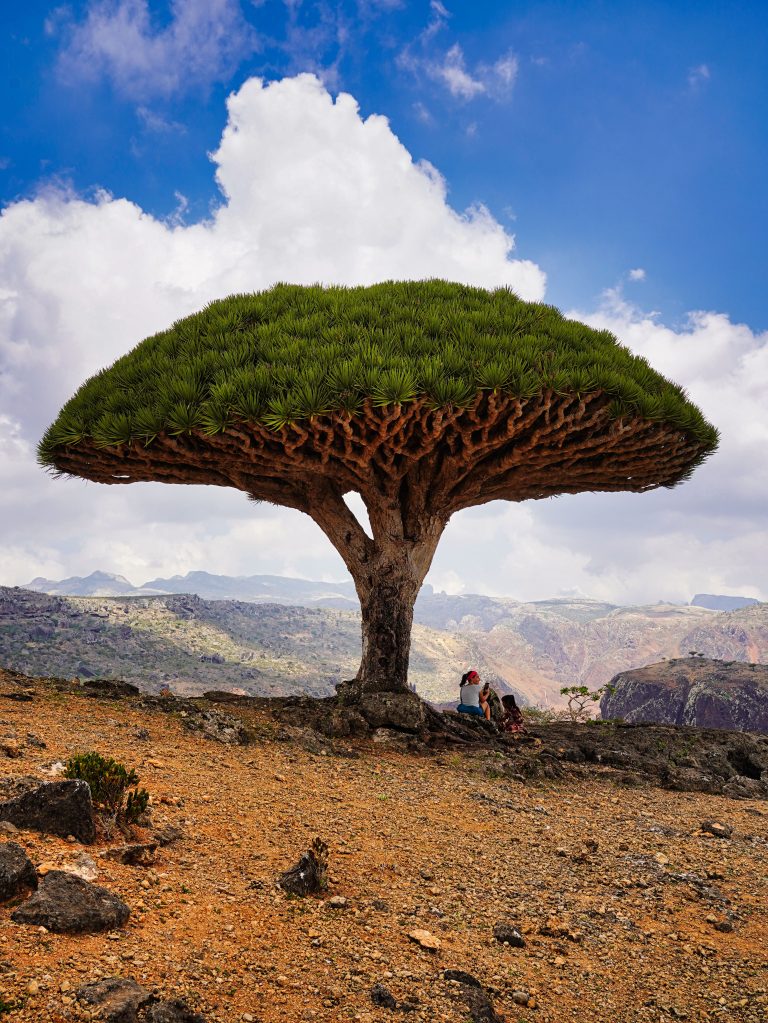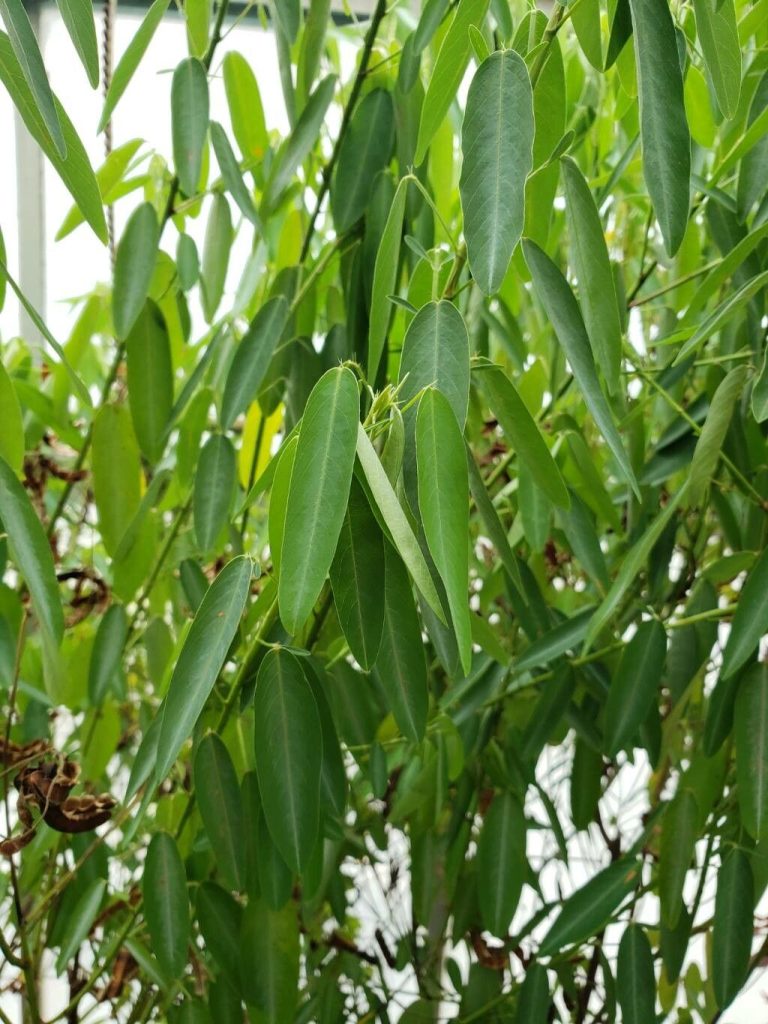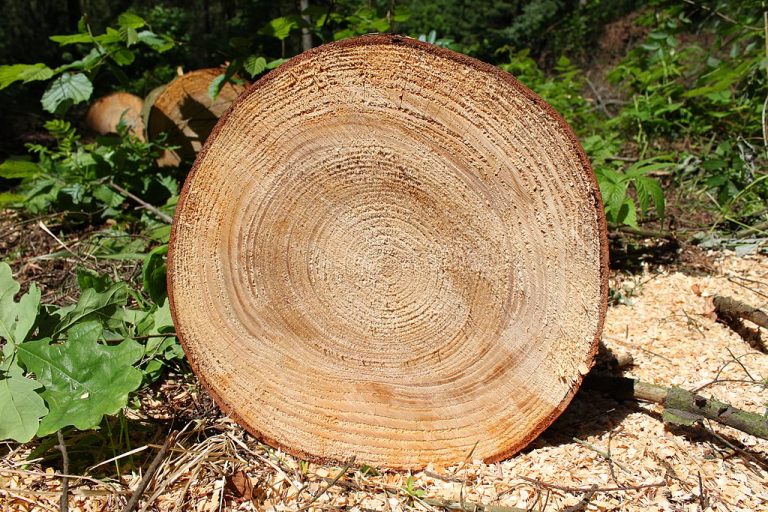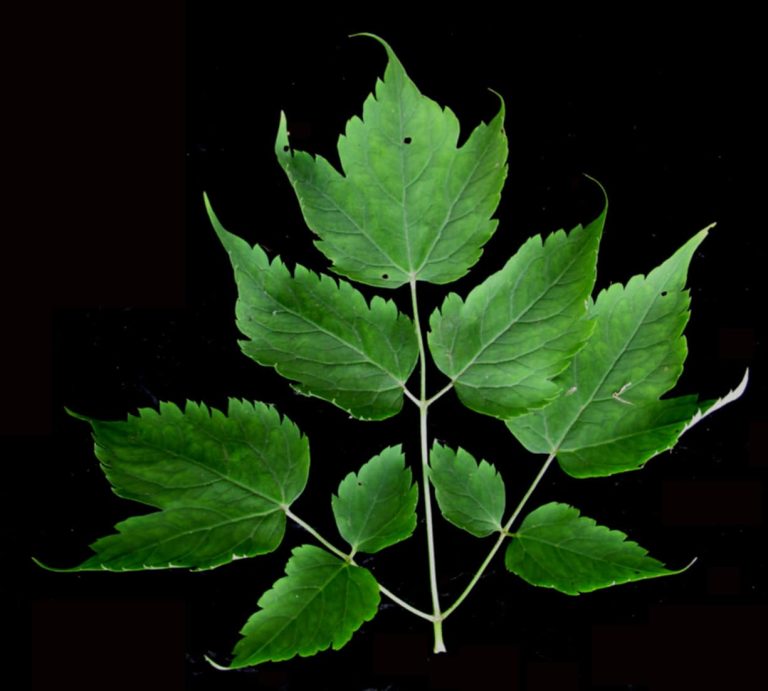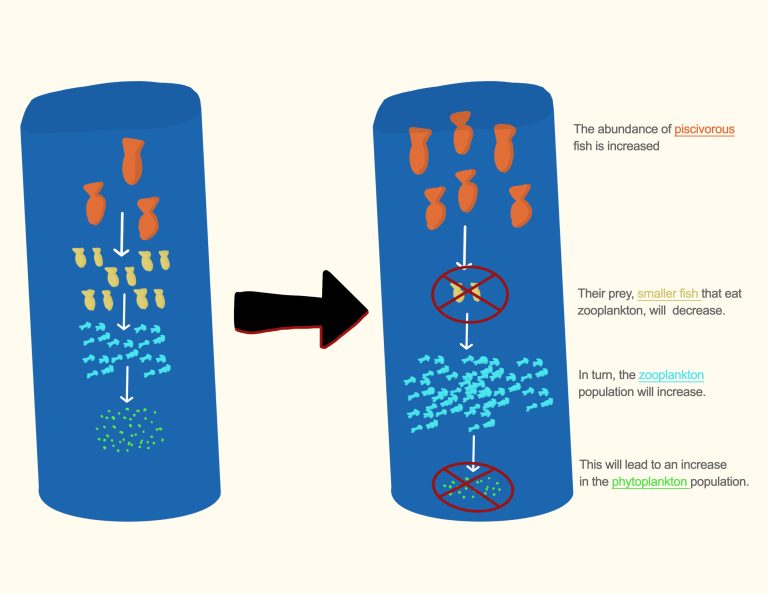Pingualuit National Park & Pingualuit Crater: Where Life Finds a Way in The Harshest Conditions
Imagine a national park in the frozen arctic, with a meteorite crater filled with purest fresh water, and some lifeforms somehow managing to survive the unfavorable conditions.
That is the Pingualuit National Park. In this post, I will take you on an exploratory journey through this ecosystem with such extreme conditions.
Geology & Geography of Pingualuit National Park
So, let’s look into what’s unique about the landscape of Pingualuit National Park First.
Location
The Pingualuit National Park, spanning over 1134.9 square kilometers(437.8 square miles) is in Kativik, Quebec, Canada.
The Unique Landscape of Pingualuit National Park
The terrain of the Pingualuit National Park is mostly flat, treeles, tundra.
In stark contrast to this frozen and flat landscape, there’s the remarkable Pingualuit Crater, a meteorite crater that rises 160 meters(520 feet) above it.
Pingualuit Crater
The Pingualuit Crater, created by meteorite impact approximately 1.4 million years ago, stands above the surrounding flat tundra and has a diameter of 3.44 kilometers(2.14 miles), and is 400 meters(1300 feet) deep.
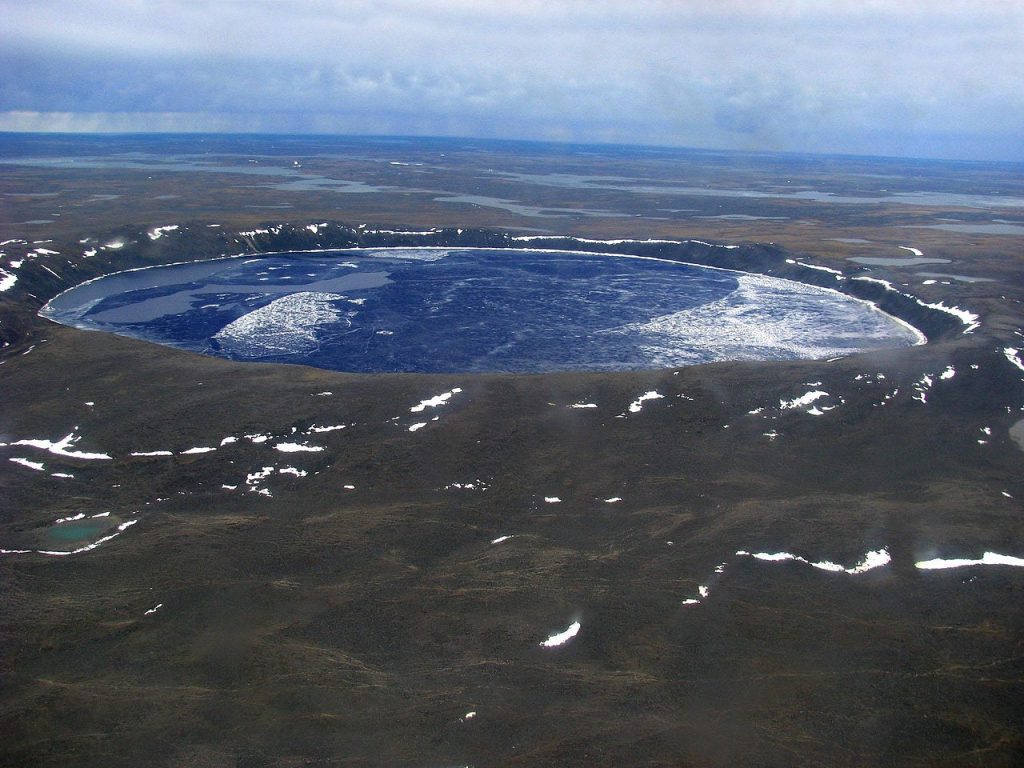
The crater features various rock formations and layers of sedimentation that hold information about ancient environmental conditions.
Pingualuk Lake
Rain precipitation and melting snow has created a lake within the Pingualuit Crater, the Pingualuk Lake.
The lake has no water inlet or outlet. Its only sources of water are rain and snow, and it loses water only through evaporation.
One of North America’s deepest lakes with a depth of 267 meters(876 feet), it is also one of the purest freshwater bodies of the world, with a salinity level of only three parts per million.
Wildlife in Pingualuit National Park
Despite the freezing arctic temperatures and ferocious winds, some lifeforms still manage to survive in the Pingualuit National Park.
Flora and Fauna of The Region
Having an arctic tundra ecosystem and being about 350 kilometers off the treeline, Pingualuit National Park has very limited plant diversity. There are mostly lichens, mosses,and liverworts that are capable of surviving in the permafrost, with a few rare herbaceous plants and shrubs. Altogether, researchers have recorded 122 vascular plant species, 109 lichens, and 68 species of mosses, sphagnum, and liverworts, but no trees whatsoever.
Animals, though not much diverse, are more abundant in the area.
Caribou is the most abundant animal species to roam the national park, with The Rivière aux Feuilles caribou herd migrating to the park from May to July every year. This is quite a large herd, with an estimate of 332,000 heads as of 2015.
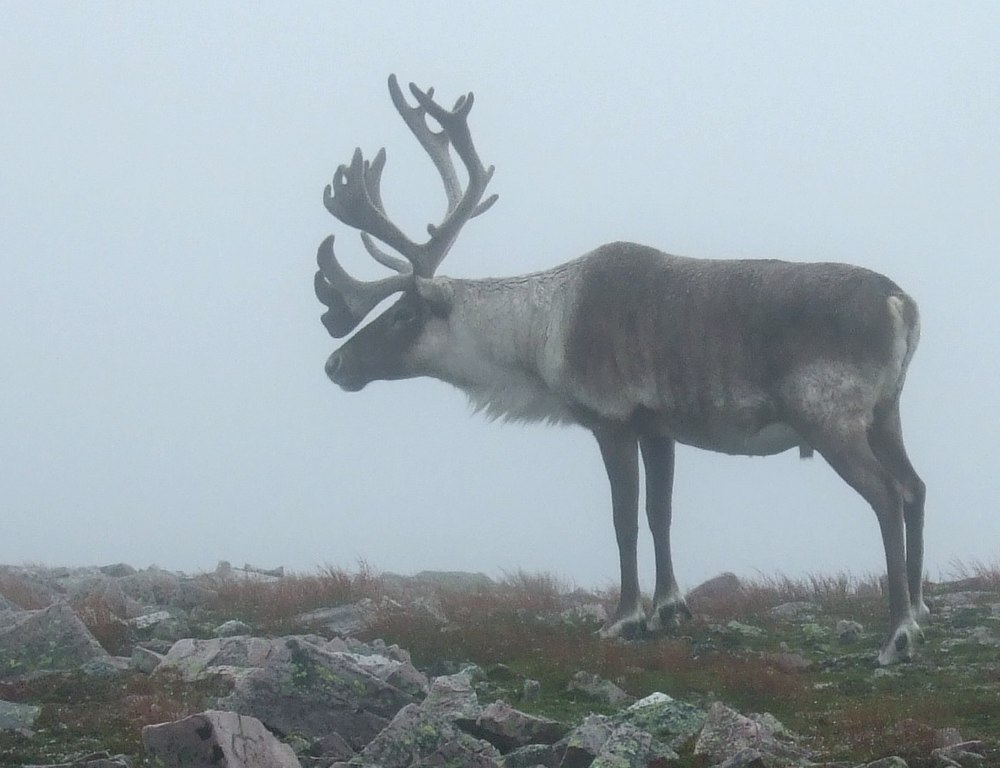
Among the other mammal species of the park, there are Arctic Foxes, Arctic Hares, and Wolves, with Polar Bears occasionally moving in from Hudson Strait.
Various bird species occupy the Pingualuit National Park too, including Canada Geese, Snow Geese, and Snowy Owls.
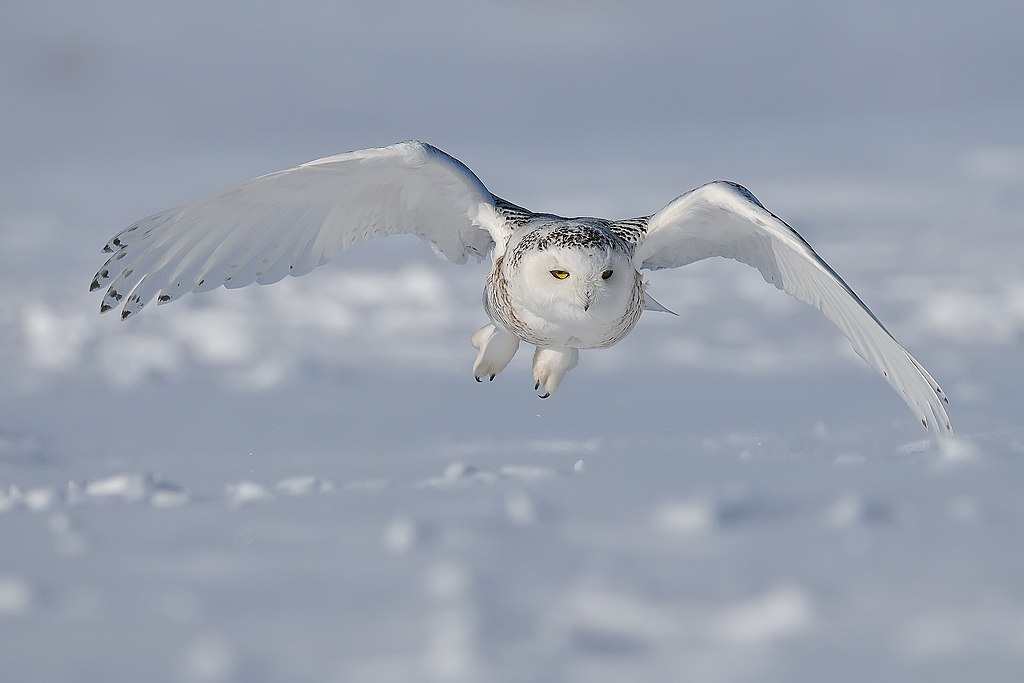
Also, the fish Arctic Char can be found in Lake Pingualuk, and it’s the only fish species to have been officially recorded there. How a fish species found its way into such an isolated water body only fed with rain and melting snow has piqued the curiosity of the scientists, and there are theories suggesting that they came through temporary water connections created during glacial melt events.
Conservation Efforts for Wildlife in Pingualuit National Park
Pingualuit National Park’s location that is way north of the treeline makes it a sensitive environment. Any disturbance to this environment can significantly affect the park’s wildlife and plant community.
Lots of mining operations are carried out in the region where the park is located, mainly for Nickel and Copper. It was partly for the purpose of protecting the local flora and fauna from the impacts of these mining operations the park was established. Also, there are strict environmental protocols the mining operations must follow for the protection of surrounding ecosystems including the Pingualuit National Park.
The indigenous Inuit communities in the region are involved in conservation through cultural practice that allows them to live in harmony with nature, including the educational programs that teach Inuit youth about practicing traditional hunting methods while respecting conservation goals.
Certain areas of the Pingualuit National Park restrict visitor traffic to prevent this fragile environment from being damaged by trampling.
Cultural Significance of Pingualuit National Park
Let’s see how Pingualuit National Park relates to the culture and traditions of the native folks of the region.
Indigenous Heritage & Connection to The Land
Inuit people have lived in the area surrounding the Pingualuit National Park for thousands of years. So, they have deep connections with it. Even the name “Pingualuit” means “pimple” in Inuktitut language, because of the way the crater pops up on the flat tundra.
The local Inuit community is mainly based on Kangiqsujuaq today. There’s an interpretation center there with exhibits from Avataq Cultural Institute for the visitors to experience Inuite culture and traditions.
A major part of the Inuit cultural practices related to this land and nature is their traditional hunting methods, passed down through generations. Also, they make an effort to preserve their cultural heritage with activities like dog sledding races and throat singing performances. Activities like that reflect their respect to nature while maintaining their cultural identity.
Tourism in Pingualuit National Park
The visual appeal of the moon-like landscape and the lake, the wildlife, and the unique culture and the traditions of the Inuit people makes Pingualuit National Park attractive for tourists.
Visiting Pingualuit National Park
It’s best to visit the park during summer time, in July, August, and early September, as the temperatures are milder then.
But for those who are interested in winter recreations like dog sledding and cross-country skiing, the ideal time is from March to April.
Even though facilities for the visitors are limited within the park’s boundary, nearby communities like Kangiqsujuaq cater to their basic requirements.
Things to Do in Pingualuit National Park
There are extensive hiking trails in the park for the visitors to explore its unique landscape and get immersed in the beautiful, vast arctic tundra.
It offers many photographic opportunities too. The beautiful scenery around the crater lake can captivate any landscape or nature photography enthusiast.
With its abundance of birds like Canada Geese and Snowy Owls and other unique animals like Caribou and Arctic Foxes, It’s also an excellent destination for birding and wildlife enthusiasts as well as wildlife photographers too. The clear skies of the park with minimal light pollution provides optimum lighting for outstanding wildlife photos.
It’s also possible to engage in several winter sports there from late December to early April, ideal times depending on the weather conditions each year. Dog sledding is one, allowing the visitor to experience a traditional transportation method of the Inuit while exploring the park’s snow covered terrain. Cross-country skiing, snow shoeing, snowmobiling, and kite skiing are the other winter sports visitors can enjoy at the park.
Visitors to the Pingualuit National Park also have the opportunity to learn about Inuit culture and the local ecology through workshops, exhibits at the interpretation center at Kangiqsujuaq, and guided tours.
Quick Recap
Pingualuit National Park, located in Kativik, Quebec, Canada, has a unique landscape with some limited plant diversity and interesting wildlife surviving the harsh tundra permafrost.
One of its unique geographical features is the Pingualuit Crater, a meteorite crater nearly one and half million years old.
Inside the crater is Pingualuk Lake, created by rain and melting snow and containing some of the purest freshwater on earth.
The limited plant diversity of the park consists of lichen, mosses, sphagnum, liverworts, as well as some herbs and shrubs but no trees.
Animal diversity of the park consists of many bird and mammal species and one species of fish found in the crater lake.
There are many conservation measures put in place to protect this sensitive ecosystem and its occupants.
Inuit people have lived in around the park for thousands of years, and their culture is based on their deep connection to the land and nature.
The park also attracts tourists with its ample opportunities for hiking, observing wildlife, wildlife and landscape photography, learning about Inuit culture and ecology of the park, as well as many winter sports such as cross country skiing and dog sledding.

